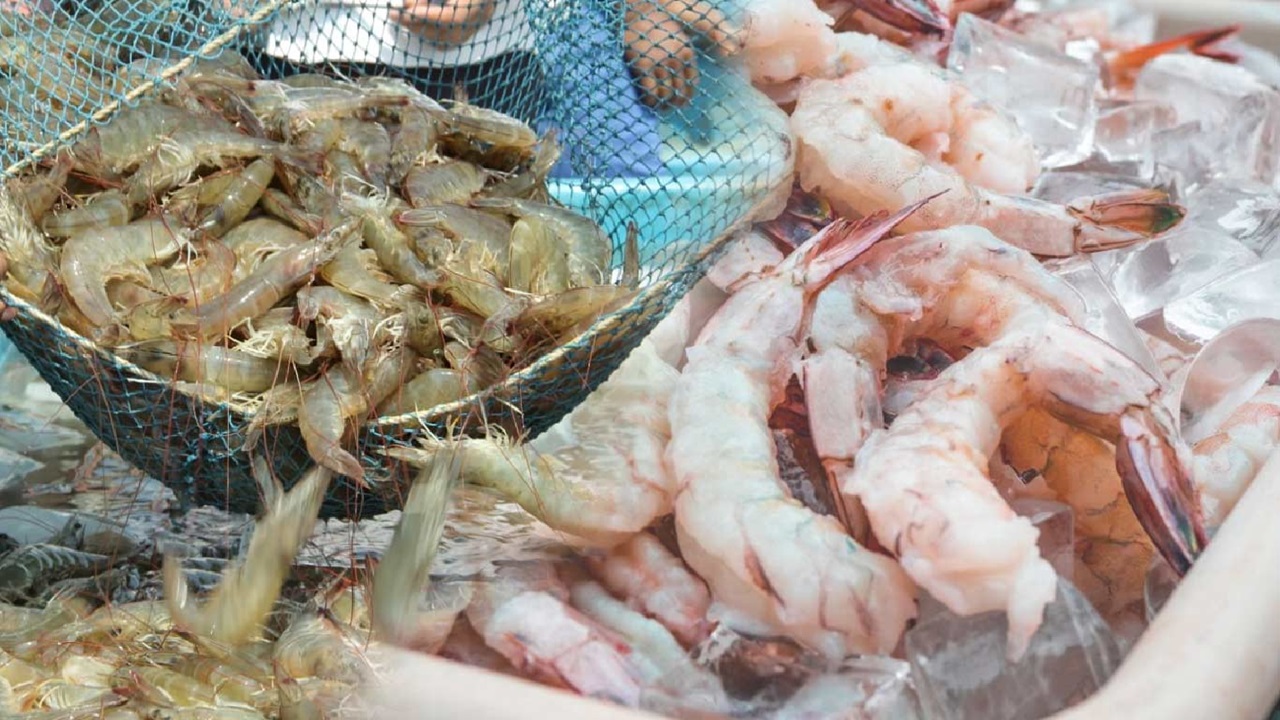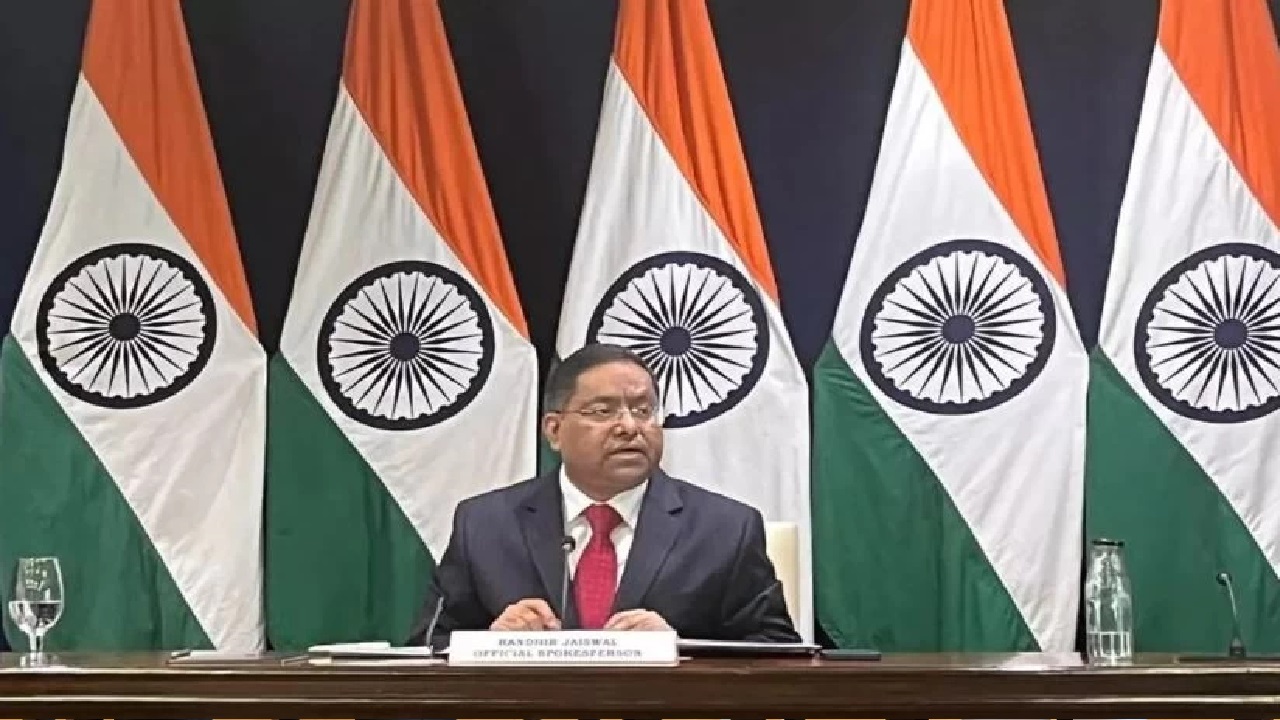India’s Shrimp Boom: A Global Export Powerhouse
India has long been a global leader in shrimp exports, with a thriving aquaculture industry that fuels livelihoods, particularly in coastal states like Andhra Pradesh, where over 300,000 farmers grow shrimp in saline ponds. With seafood exports reaching $7.3 billion in 2024, shrimp accounts for the lion’s share—$2.5 billion to the U.S. alone, making America India’s largest market for this aquatic delicacy.
For years, Indian exporters supplied premium frozen shrimp to U.S. supermarket giants like Walmart, Kroger, Safeway, and Costco. These exports not only strengthened India’s seafood economy but also bolstered rural employment, logistics, and ancillary industries such as feed production, packaging, and cold storage.
But now, the tides have turned.
Tariff Turbulence: Trump’s Move Rattles the Industry
In early April 2025, President Donald Trump announced a sharp escalation in reciprocal tariffs on shrimp imports, proposing a 26% duty on Indian shrimp. Though the plan was later softened to a temporary 10% blanket tariff, the initial announcement sent shockwaves through India’s aquaculture economy.
Exporters were left reeling, with nearly 2,000 containers of frozen shrimp stranded in limbo as buyers paused orders and renegotiated prices. Many Indian firms operate on razor-thin margins of just 3–4%, making the 10% tariff daunting—let alone the looming threat of a 26% levy in July.
“This could be a death blow,” said one exporter who requested anonymity, adding that buyers are unwilling to absorb the extra cost. “It’s game over if the 26% kicks in.”
Farmers Bear the Brunt: Falling Prices and Rising Uncertainty
At the heart of the crisis are India’s small-scale shrimp farmers, who now find themselves squeezed between falling demand and rising input costs.
“We are suffering huge losses,” said a 63-year-old farmer from Ganapavaram in Andhra Pradesh. “The prices offered by exporters have dropped by at least 10%, but our costs remain the same.”
Another farmer, who recently began cultivation, said he had no idea about the implications of tariffs when he started. “Had I known, I would not have started shrimp farming. Now I’m stuck with unsold stock and rising debts.”
Beyond feed and rentals, the psychological toll of market volatility and policy uncertainty is beginning to show. Farmers, caught off guard, are calling on the government for clarity, intervention, and support.
Ecuador’s Advantage: A New Competitor Emerges
While Indian exporters face an uphill climb, Ecuador is poised to capitalize on the situation. Thanks to its proximity to the U.S. and a lower 10% tariff, Ecuador’s shrimp exporters see an opportunity to expand their footprint in America.
However, Jose Antonio Camposano, President of Ecuador’s National Chamber of Aquaculture, expressed caution. “We don’t yet have the capacity to fully replace India,” he said. But he acknowledged that India will be forced to explore new markets, like China and the EU—potentially intensifying competition elsewhere.
This global ripple effect may reshape shrimp trade dynamics, with Ecuador growing in prominence, and India being forced to diversify its export strategy.
Walmart’s Stand and Industry’s Response
Despite the tension, U.S. retailers have indicated a willingness to continue sourcing from India. “We have long-standing relationships with Indian suppliers,” said Latriece Watkins, Walmart’s U.S. Chief Merchandising Officer. “We expect that to continue.”
Meanwhile, the Seafood Exporters Association of India (SEAI) is working closely with the Indian government to seek exemptions or relief in trade negotiations. “We’re relieved that the 26% tariff has been paused,” said K.N. Raghavan, SEAI’s Secretary General. “We’re now processing the shipments that had been held back.”
The government has also formed state-level panels to assess the impact and explore options to ramp up exports to alternative markets like China, Japan, and the EU.
Future Course: Navigating Through Troubled Waters
As India’s shrimp exporters resume shipments under the current 10% tariff, the industry has been granted a temporary reprieve. But the threat of a 26% tariff resuming in July looms large. For an industry that employs hundreds of thousands, this uncertainty demands swift, strategic action.
Key future steps may include:
· Diplomatic negotiations to reduce or nullify tariffs through trade agreements.
· Exploring and strengthening alternate export markets, especially in Asia and Europe.
· Policy support and subsidies for small farmers to cushion the impact.
· Investment in value-added processing to fetch higher margins despite tariffs.
The Indian shrimp industry is at a crossroads. Whether it can weather the storm or be outpaced by competitors like Ecuador will depend on a united front—from government to exporters to farmers.
For now, the race is on—not just to export shrimp, but to protect an industry that has fed millions, both economically and literally.
(With inputs from agencies)








